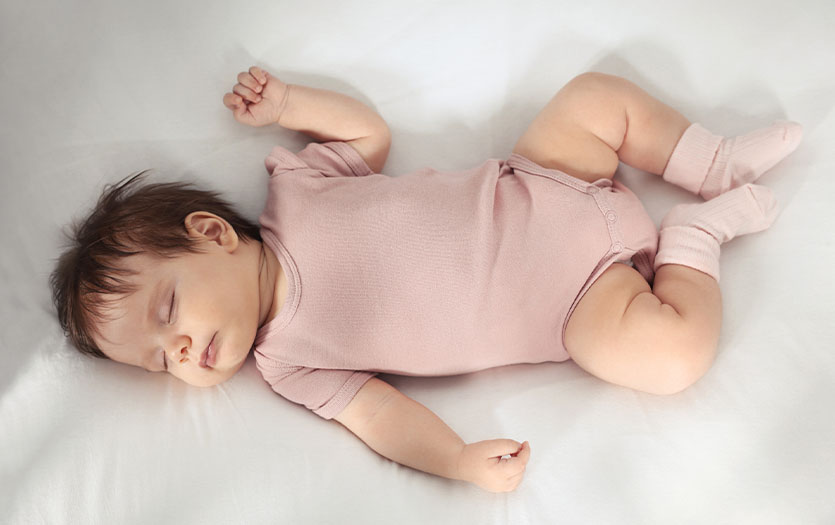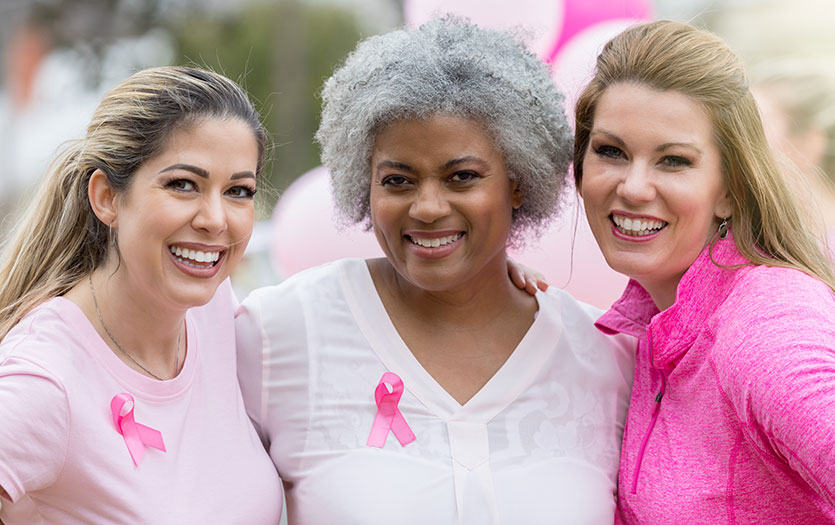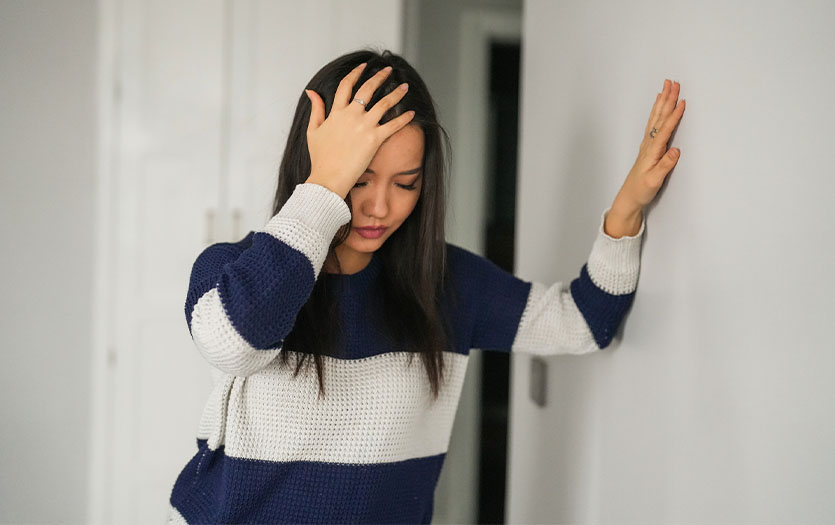
This post was written by Kiki Hunter Davis, MSN, RN, NC-BC, community-based nurse coordinator, safe sleep coordinator, Parkview Health.
As a safe sleep coordinator, one of the most vital conversations we have with families is about the importance of a safe sleep plan. Whether you're a new parent, a grandparent or a daycare provider, understanding and practicing safe sleep guidelines can help prevent tragedy.
What is a safe sleep plan?
A safe sleep plan is a set of consistent, evidence-based practices designed to protect infants while they sleep. It outlines how your baby should be placed to sleep, what their sleep environment should include (or not include), and how to minimize risks that could lead to Sudden Infant Death Syndrome (SIDS), suffocation or entrapment.
This plan is not just for parents, but also for anyone who cares for your baby and should be familiar with it. A well-communicated plan ensures that every caregiver, in every setting, is making the safest choices for your baby.
What every caregiver should know
Creating a safe sleep environment is one of the most important ways to protect your baby. Following the ABCs of safe sleep and other evidence-based practices can help prevent sleep-related risks.
A – alone
Babies should always sleep alone, never in a bed with adults, other children, or pets. Bed-sharing increases the risk of suffocation and other sleep-related dangers.
B – back
Always place your baby on their back for every nap and at bedtime. This is the safest sleep position and reduces the risk of sudden infant death syndrome (SIDS).
C – crib
Your baby should sleep in a safety-approved crib, bassinet or portable crib. These should meet current safety standards and be in good condition.
Firm, flat surface
Use a tight-fitting sheet on a firm, flat mattress. Avoid placing your baby on adult beds, couches, armchairs, or inclined sleepers all of which pose serious safety risks.
Keep it clear
The sleep space should be completely free of soft objects. No blankets, pillows, crib bumpers, stuffed animals or toys. These items can increase the risk of suffocation.
Room-share, don’t bed-share
It’s best for babies to sleep in the same room as their caregivers (for at least the first 6–12 months), but not in the same bed. Room-sharing supports bonding and makes nighttime care easier without the risks of bed-sharing.
Avoid overheating
Dress your baby in light sleepwear and keep the room at a comfortable temperature. Overheating is a known risk factor for SIDS.
Final thoughts
Whether your child is at home, at daycare or with a relative, the same rules should apply. Inconsistency can increase the risk of unsafe sleep conditions and create confusion in your baby's sleep routine. On the other hand, consistency builds good sleep habits and provides peace of mind for everyone involved.
Safe sleep is not just a suggestion; it's a way to protect your baby during one of their most vulnerable stages. By creating and sticking to a safe sleep plan, you're taking powerful steps to ensure your baby's safety, health, and restful sleep.
If you have questions about creating your safe sleep plan or need support, please reach out to your child's pediatrician or contact Parkview's Safe Slumber Program at 260-266-2472.



